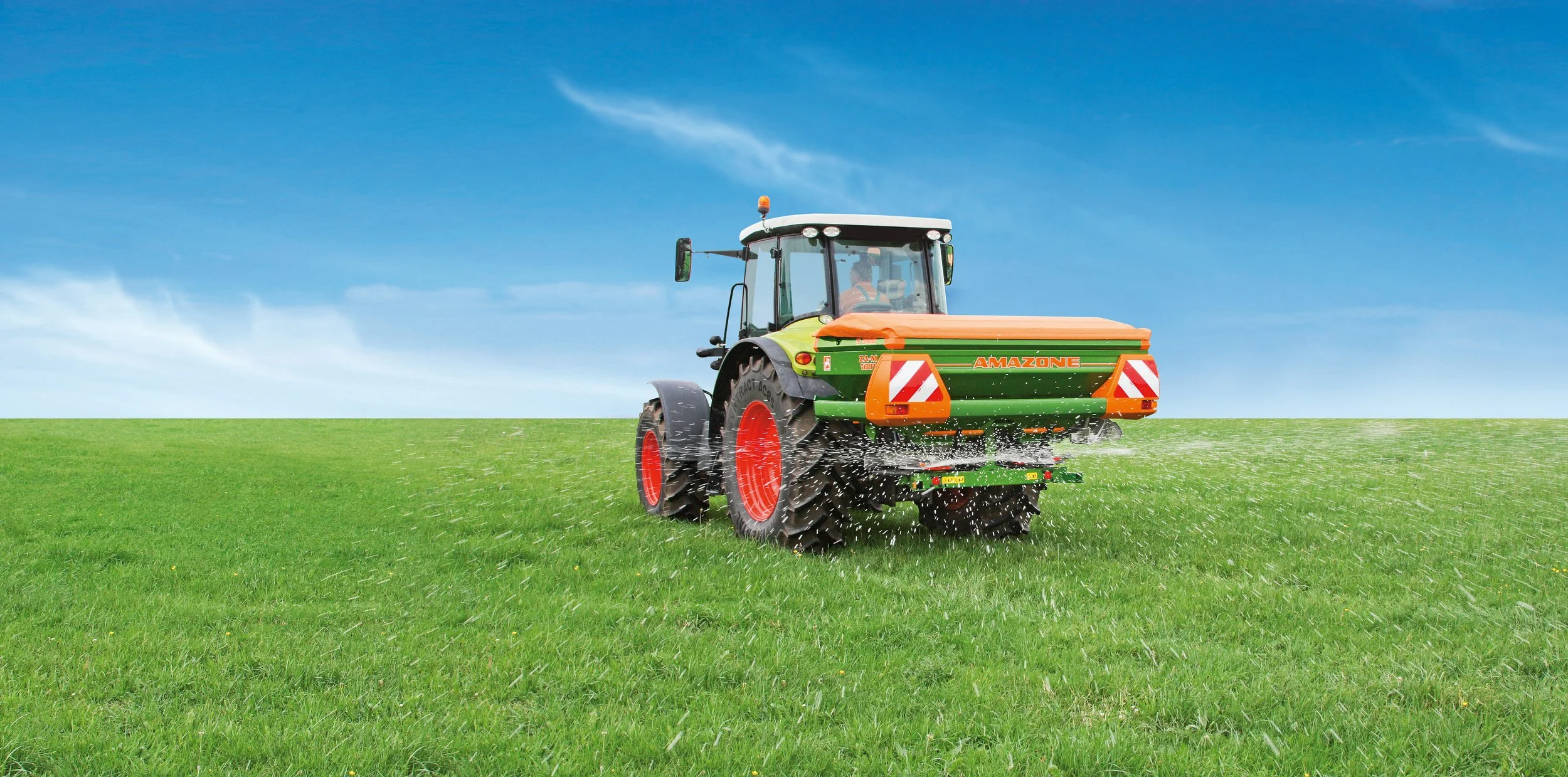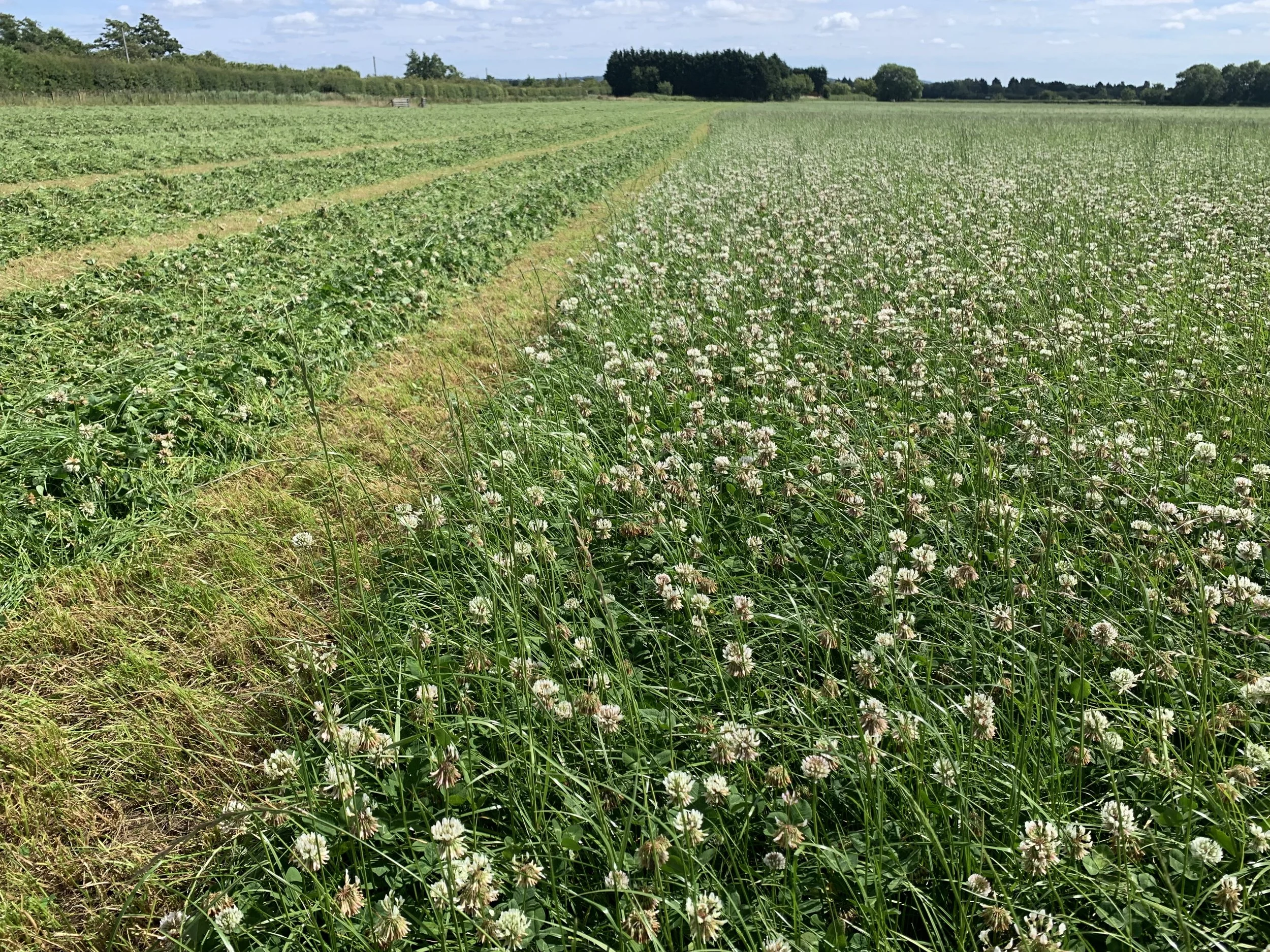What makes grass silage protein so low?
You used to know where you were with the seasons, but climate change has changed all that. Spring, summer, autumn; you knew what to expect, you knew what mother nature had in store and so did the plants. Today we have snowdrops in November….
These changes in the weather have had a significant effect on the most often harvested silage plant, grass. This has resulted in silage being harvested in March and November to my knowledge alone. And it's not just when silage is being cut, it's also when it's required, and what feed value there is in the crop, that has changed.
Are these cold springs producing bad silage?
The last two springs have been slightly different to what we would normally expect in at least part of the UK. Warm spells in February were not unheard of in the past but over the past couple of years we have had some very cold, and often quite dry spring weather during the time when we would normally expect the grass to start growing. This can have some really important implications on not only the quantity but also the quality of the silage you produce.
Amazone spreading nitrogen on grassland
How quickly is fertilizer taken up by silage swards?
Most of us know that putting fertilizer on silage ground too close to mowing is a really bad idea. The weather will put some real limitations on just when you can get on the ground to apply the nitrogen. But in a cold dry spring the risks from fertilizer uptake into the grass are even more difficult avoid. Traditionally the rule was always a 6 week gap between spreading fert and heading out with the mower. Unfortunately that 6 weeks was based on traditional growing conditions, and we don’t get those anymore.
The time between applying fertilizer and cutting is not really the measure you need to be making. A more accurate measure is the hours of active growing between nitrogen application and mowing. And active growing is a difficult thing to measure because you need moisture, temperature and sunlight to get grass actively growing. If you are short of any one of those then the period will be extended. With unrestricted moisture and sunlight levels, the temperature will have a direct relationship to the level of active uptake and growth.
And that’s exactly what we have had in the last couple of springs, cold dry weather meaning the crop didn’t take-up and convert much of the nitrogen for days and days after application. When the sun finally does come out and temperatures shoot up, the late uptake of nitrogen generates both nutritional and health issues for livestock. But this nitrogen uptake also acts as a buffer to the pH drop during fermentation, requiring larger volumes of acid to produce stable silage. It’s a kind of lose, lose, lose situation.
Why not make silage when the sun does shine?
So even if you avoid the nitrogen uptake minefield, there are more issues to deal with even when the sun does begin to shine. We have been experiencing rapid changes in the weather, sudden jumps in temperature and sunlight levels have often produced massive healthy looking, lush crops. This compensatory growth can be a blessed relief for many with a tenancy to worry. That is until they get the silage analysis back and find that that bumper first cut is not really as bumper as they thought because whilst the sugar levels might be strong the protein levels can be disappointingly low.
Unfortunately there isn’t really anything you can do about this as a farmer, it might be something only the plant breeders can resolve. Whilst the protein synthesis is species and variety dependant, all plants requires a certain amount of time to convert nitrogen taken up by the roots into protein in the leaves. This protein synthesis is again temperature and time dependant and the rapid spring growth just doesn’t allow enough time to get the protein levels up.
The same rapid growth after dormancy, or stress, can lead to low protein grass after droughts in high summer or from late flush growths. This really does change how you should think about grass growth through the summer. The old perceptions of the values of 1st, 2nd and late cuts of silage really don’t hold true anymore. The nutritional value of the silage you are making, and particularly the protein levels, are much more variable than they once were.
Adding expensive protein to the diet
So what can you do about low protein grass?
Well there isn’t any silver bullet here. The old rules, such as a six week delay after fertilizer or that autumn grass is slow grown so higher in protein are just not sufficient. What is more important is to be aware of the problem and to consider getting some fresh grass analysis before you deploy the mower. A fresh grass analysis is only going to cost you £20-£30 but might just save you a hill of bought-in feed bills. If protein levels are low, then leaving the grass for a few days will probably not solve the problem as the increase in yield over this time will dilute the protein that is being synthesised. What an analysis will do is give you the information to correct the fertiliser levels for the next cut to hopefully ensure you have target protein in that cut.
Whilst that might be something that is worth considering, it’s only relevant if you are already using sufficient fertilizer applications. In general fertiliser application onto grassland has been reducing over recent years, and particularly so after the recent price spike. This will unfortunately have a direct and detrimental impact onto the protein levels in grass silage. It might also have a detrimental impact on your bottom line too because it’s been estimated that bought-in protein is roughly twice the cost of bought-in fertiliser that’s converted into forage protein.
The real cost of your diet components - and protein in particular - is something you need to discuss with your nutritionalist, but forage is usually the cheapest element of any ration. So it’s really important to make the most out of that before shopping for straights. This is all assuming that you are targeting to feed the optimum protein levels in the first place. Excess protein will require the cow to use additional energy to excrete the protein she doesn’t need. But that really is a whole other area and really really is not my speciality.
Adding clover can help increase protein levels in silage
Is adding clover a good idea?
When the time to re-seed comes around, then there are things that you can you to help boost the protein levels in grass silage. Choosing seed varieties that have higher protein levels can help, but introducing clover into the mix can be even more important. Clover can help in two ways, firstly its a relatively high protein forage and secondly its ability to fix nitrogen makes it more likely that the grass plants have access to nitrogen when it needs it. This means there is a higher chance that the grasses can convert the nitrogen into protein before you get out there with the mower.
If you want to know more about the managing the protein levels in your silage of would like to discuss any other aspects covered in this series, contact me at jeremy@silageconsultant.co.uk
If you have enjoyed reading this blog and found it interesting, why don’t you subscribe to The Silage Consultant and we will let you know when another article is published.


